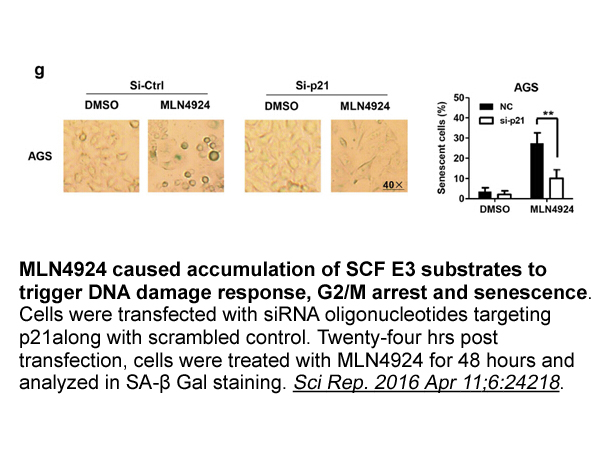Archives
br Conflict of interest br Acknowledgements
Conflict of interest
Acknowledgements
This work was funded by the National Science Centre, Poland, grant number N N303 571539. We are greatly indebted to Patrick Fox for help with the final manuscript.
Introduction
Alkylating agents which interact directly with DNA to form covalent bonds have an important therapeutic role in anticancer treatment.1, 2, 3 Nitrogen mustards were the first effective antineoplastic drugs and are still commonly used in chemotherapy. Their mechanism of action is based on the formation of a highly reactive electrophilic aziridinium ion.5, 6 This reactive species can be readily attacked by multiple nucleophilic sites in DNA. Previous studies established that most alkylating agents react particularly with the N7 position of guanine.7, 8, 9 In the first place nucleoside analogs alkylation prevents DNA replication and induces DNA fragmentation by hydrolytic reactions, which ultimately leads to cell death. However, the emergence of resistance to this class of drugs is also a substantial challenge in cancer therapy.10, 11 As a result there are ongoing research efforts to develop more effective antitumour drugs.
An important strategy in drug design is based on gaining a deeper insight into the underlying mechanism of action. In this regard mechanistic understanding can be derived from chemical analogues of the original drug which can serve as model compounds. As an example, the well-known chemotherapeutic drug chlorambucil was developed as a more stable analogue of mechlorethamine, the prototype of the nitrogen mustards (Fig. 1a).
In the search for more effective alkylating agents with less systemic toxicity, various mustard analogues have been investigated. In particular the aromatic nitrogen mustards have taken a significant role in cancer therapy. Still, further identification of the molecular interactions between DNA and agents is needed to better understand their mechanisms of action.
As discussed in the previous paragraph, it is apparent that structural modifications of leading compounds are a fundamental concept in order to increase biological activity and potency. In a recent proof-of-principle study we demonstrated that nitrogen-linked bis-3-chloropiperidines (B1–B4, Fig. 1b), which can be considered as piperidine-based analogues of nitrogen mustards, are more reactive towards DNA than chlorambucil.
These new alkylating agents induce highly efficient cleavage in double-stranded DNA with dominating preference for guanine sites. In addition, investigations of linker structure on DNA alkylation activity revealed that the flexibility of the linker is important for alkylation efficiency, whereas the di rect introduction of an aromatic group as linker leads to a decrease in activity. Due to our experimental observations it appeared promising to attempt the synthesis of novel bis-3-chloropiperidines containing a flexible linker
rect introduction of an aromatic group as linker leads to a decrease in activity. Due to our experimental observations it appeared promising to attempt the synthesis of novel bis-3-chloropiperidines containing a flexible linker  which offers the possibility of placing the aromatic moiety in the side chain (1–6, Fig. 1c). The attachment of an aromatic unit to a side chain of the linker as in the case of chlorambucil instead of its placement in the linker structure itself may enable a control of the biochemical reactivity of the agents and enhance as well as modulate DNA affinity.
In our previous study it has been shown that the bis-3-chloropiperidine B3 with a flexible pentyl hydrocarbon linker exhibited highly efficient DNA alkylating activity (see also gel electrophoresis data below, Fig. 2a). The amino acid l-lysine 7 is a suitable linker structure for the preparation of a new set of bis-3-chloropiperidines. The carboxylic acid functionality of lysine provides a position at which the side chain can be modified. For instance, chemical derivatisation can be easily achieved through esterification of the carboxyl group with various alcohols. Consequently, lysine represents a flexible linker which allows an experimental comparison between the bis-3-chloropiperidines of the present study 1–6 with the previous series of compounds B1–B4 (in particular B3).
which offers the possibility of placing the aromatic moiety in the side chain (1–6, Fig. 1c). The attachment of an aromatic unit to a side chain of the linker as in the case of chlorambucil instead of its placement in the linker structure itself may enable a control of the biochemical reactivity of the agents and enhance as well as modulate DNA affinity.
In our previous study it has been shown that the bis-3-chloropiperidine B3 with a flexible pentyl hydrocarbon linker exhibited highly efficient DNA alkylating activity (see also gel electrophoresis data below, Fig. 2a). The amino acid l-lysine 7 is a suitable linker structure for the preparation of a new set of bis-3-chloropiperidines. The carboxylic acid functionality of lysine provides a position at which the side chain can be modified. For instance, chemical derivatisation can be easily achieved through esterification of the carboxyl group with various alcohols. Consequently, lysine represents a flexible linker which allows an experimental comparison between the bis-3-chloropiperidines of the present study 1–6 with the previous series of compounds B1–B4 (in particular B3).